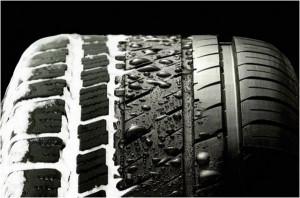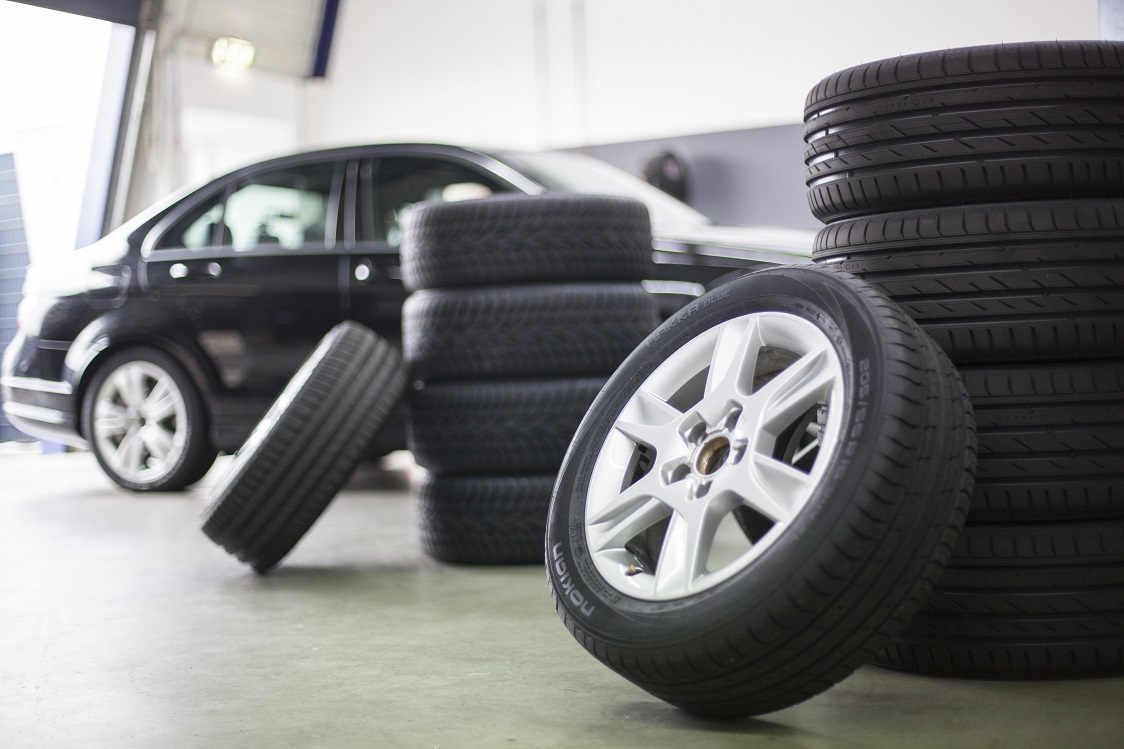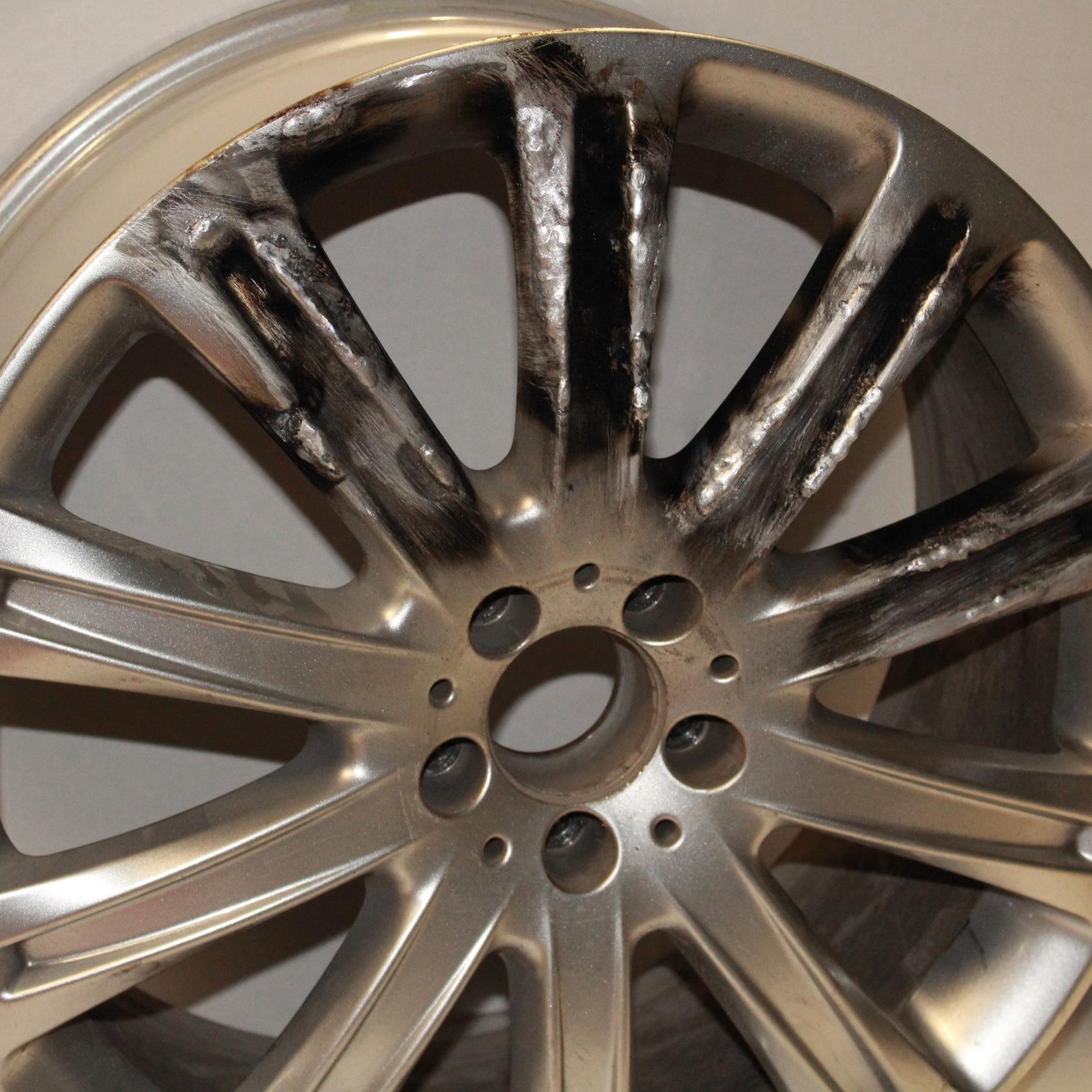
Are all seasonal tires winter?
 What do winter and all season tires have in common? Winter approval. Legally, they are no different. Both types have an alpine symbol (a snowflake against a mountain) on the side - so they meet the definition of a tire more or less adapted to cold temperatures and winter conditions.
What do winter and all season tires have in common? Winter approval. Legally, they are no different. Both types have an alpine symbol (a snowflake against a mountain) on the side - so they meet the definition of a tire more or less adapted to cold temperatures and winter conditions.
Poland is the only country in Europe with such a climate where the regulations do not require driving with winter or all-season tires in autumn and winter conditions. However, Polish drivers are ready for such rules - they are supported by 82% of respondents. However, declarations alone are not enough - with such high support for the introduction of the requirement to drive on safe tires, workshop observations still show that as many as 35% of drivers use summer tires in winter. And this is in January and February. Now, in December, only about 50% of those who say their tires have been replaced have already done so. In other words, only about 30% of the cars and light vans currently on the road have winter or all-season tires. This suggests that there should be clear rules - from what date it is safe to equip our car with such tires.
- In our climate - hot summers and still cold winters - winter tires, i.e. winter and all season tires are the only guarantee of safe driving during the winter months. Let's not forget that the risk of traffic accidents and collisions is 6 times higher in winter than in summer. The braking distance of a car on a wet surface at temperatures up to 5-7 degrees C, which often happens already in autumn, when using winter tires is much shorter than when using summer tires. The lack of a few meters to stop in front of an obstacle is the reason for so many accidents, impacts and deaths on Polish roads, says Piotr Sarnecki, CEO of the Polish Tire Industry Association (PZPO).
Requirement to drive with winter tires?
In the 27 European countries that have introduced the requirement to drive with winter tires, there was an average 46% reduction in the likelihood of a traffic accident compared to driving with summer tires in winter conditions, according to a European Commission study on certain aspects of tires. safety related use. This report also proves that the introduction of a legal requirement to drive on winter tires reduces the number of fatal accidents by 3% - and this is only on average, as there are countries that have recorded a decrease in the number of accidents by 20%.
See also: How to save fuel?
Why does the introduction of such a requirement change everything? Because drivers have a clearly defined deadline, and they do not need to puzzle over whether to change tires or not. In Poland, this weather date is December 1st. Since then, the temperature throughout the country is below 5-7 degrees C - and this is the limit when the good grip of summer tires ends.
Summer tires do not provide proper car grip even on dry roads at temperatures below 7ºC - then the rubber in their tread hardens, which worsens traction, especially on wet, slippery roads. The braking distance is lengthened, and the ability to transmit torque to the road surface is significantly reduced5. The tread rubber of winter and all-season tires has a softer compound that does not harden at lower temperatures. This means that they do not lose flexibility and have better grip than summer tires at low temperatures, even on dry roads, in rain and especially on snow.
Auto Express and RAC test records on winter tires6 show how tires that are adequate to temperature, humidity and slippery surfaces help the driver to drive and confirm the difference between winter and summer tires not only on snowy roads, but also on wet ones. roads cool autumn and winter temperatures:
• On a snowy road at a speed of 48 km/h, a car with winter tires will brake a car with summer tires by as much as 31 meters!
• On wet roads at a speed of 80 km/h and a temperature of +6°C, the stopping distance of a car with summer tires was as much as 7 meters longer than that of a car with winter tires. The most popular cars are just over 4 meters long. When the car with winter tires stopped, the car with summer tires was still traveling at over 32 km/h.
• On a wet road at a speed of 90 km/h and a temperature of +2°C, the stopping distance of a vehicle with summer tires was as much as 11 meters longer than that of a vehicle with winter tires.
Approved winter and all season tires. How to know?
Remember that approved winter and all-season tires are tires with the so-called Alpine symbol - a snowflake against a mountain. The M+S symbol, which is still on tires today, is only a description of the suitability of the tread for mud and snow, but tire manufacturers give it at their discretion. Tires with only M+S but no snowflake symbol on the mountain do not have a softer winter rubber compound, which is crucial in cold conditions. A self-contained M+S without the Alpine symbol means that the tire is neither winter nor all-season.
– The growing awareness of Polish drivers gives hope that more and more people will use winter or all-season tires in winter – now already a third put themselves and others at risk by driving in winter with summer tires. Let's not wait for the first snow. Remember: it's better to put on your winter tires even a few weeks earlier than one day later, Sarnecki adds.
See also: This is how the new Peugeot 2008 presents itself
